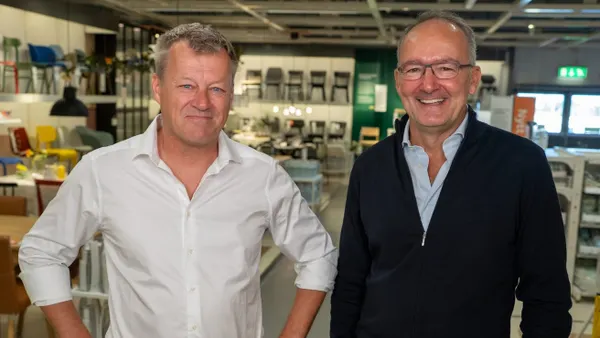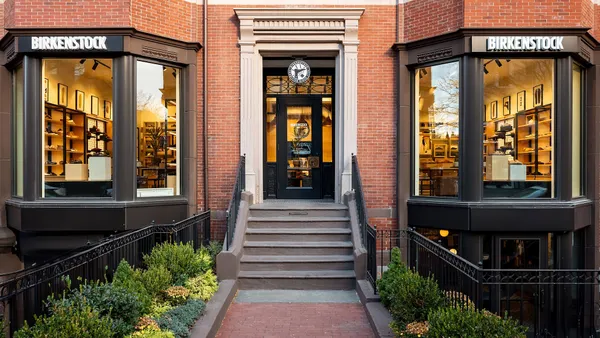Dive Brief:
- CBL Properties has emerged from Chapter 11 after filing for bankruptcy a year ago.
- As part of its reorganization, the mall operator reduced its debt load by some $1.7 billion. Following a planned note redemption, the company will carry more than $1.4 billion on its post-bankruptcy balance sheet, including a term loan and new notes.
- In a statement, CEO Stephen Lebovitz called the completed restructuring "a huge day for CBL" and said the company would use its newfound financial flexibility to pursue opportunities in the market.
Dive Insight:
The financial pain caused by the early months of the pandemic made its way from retailers to mall owners last year as rents went unpaid and stores closed amid a huge wave of bankruptcies and footprint consolidation.
CBL entered bankruptcy last fall within a day of its peer, PREIT, filing. An adviser to CBL at the time noted in court papers that more than 30 of its tenants had filed for bankruptcy, with many closing stores. Still others negotiated rent deferrals and other concessions from CBL.
All of it strained the REIT's ability to pay its own debt obligations. J.C. Penney and Ascena, which both filed in 2020, alone accounted for $18.5 million in CBL's yearly revenue and 6.1 million square feet of store space. Ten other bankrupt tenants account for another $22.3 million in revenue for CBL.
The picture has brightened considerably in 2021. Stimulus, vaccines and bullish financial markets have led to a surge in demand and retail sales this year. Bankruptcies have slowed considerably from 2020's highs and even past years of the colloquially named retail apocalypse.
A Placer.ai analysis from September of 200 malls (half indoor, half outdoor) found that foot traffic rebounded during the summer, with traffic up 1% over 2019 levels at indoor malls and up 2% at outdoor malls, before declining again, in part due to a surge in COVID-19 driven by the delta variant. According to a Jefferies analysis from October, retail rents have been growing across the country, most strongly in the Sun Belt.
Lebovitz said traffic to CBL's centers has rebounded along with the rest of the mall industry's, as has tenant demand. "As a result, we see unique opportunities for CBL utilizing our operational expertise coupled with our enhanced cash flow and improved capital structure," he added.
As much as the restructuring and retail rebound benefit CBL, the company troubles preceded the pandemic. Concentrated in middle markets and middle malls that have undergone a hollowing out over the years, CBL was in slow-motion decline in the time leading up to its Chapter 11, much like many of the retailers at its malls. The post-pandemic consumer as well as the individual and collective fates of its tenants will determine if CBL's financial restructuring was enough to change its trajectory over the long term.











